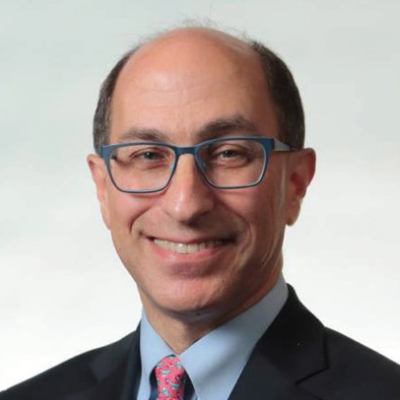Search results
Author(s):
Didier Tchétché
,
Chiara de Biase
,
Bruno Brochado
,
et al
Added:
3 years ago
Sixteen years have elapsed since the first transcatheter aortic valve implantation (TAVI) and the procedure has now been widely adopted. The first time the procedure was performed, the patient was under conscious sedation with local anaesthesia for an antegrade-transseptal procedure.1 The pioneering team in Rouen published a series of case reports for patients treated via a transfemoral route…
View more
Lee Kaplan
Job title: Director of the Obesity, Metabolism & Nutrition Institute
Author
Management of Haemostasis with Combined Use of Vascular Closure Devices and Bivalirudin - A Review
Author(s):
Emanuela de Cillis
,
Giuseppe Sangiorgi
,
Alessandro Santo Bortone
Added:
3 years ago
Article
Author(s):
Daniel S Menees
,
Eric R Bates
Added:
3 years ago
Nearly one-third of the approximately 30 million people undergoing non-cardiac surgery in the US each year have known coronary artery disease (CAD) or CAD risk factors.1,2 An estimated one million suffer peri-operative cardiac complications accounting for roughly US$20 billion in annual medical costs.3 Peri-operative myocardial infarction (MI) may affect as many as 34% of high-risk individuals…
View more
Author(s):
Hermann Reichenspurner
Added:
3 years ago
Author(s):
Alexander M Bernhardt
,
Svante Zipfel
,
Beate Reiter
,
et al
Added:
4 years ago
Overcoming the Challenges of the Transfemoral Approach in Transcatheter Aortic Valve Implantation
Author(s):
Stephane Noble
,
Marco Roffi
Added:
3 years ago
Article
Author(s):
Yusuke Watanabe
,
Ken Kozuma
Added:
3 years ago
Transcatheter aortic valve implantation (TAVI) is evolving rapidly with an exponential growth in the number of procedures in worldwide.1,2 As worldwide experience with this modality increases, more and more patients are being offered this alternative to open surgery for the treatment of severe, symptomatic aortic stenosis (AS). Although this technique has reached relative maturity, further…
View more
Author(s):
Joelle Kefer
Added:
3 years ago
Atrial septal abnormalities are common congenital lesions remaining asymptomatic until adulthood in a great number of patients. The most frequent atrial septal defects in adults are ostium secundum atrial septal defect (ASD) and patent foramen ovale (PFO), both approachable by transcatheter closure using device implantation. The first non-surgical ASD closure was performed in 1975 by Mills and…
View more
The Future of Abdominal Aortic Aneurysm Treatment and the Role of Totally Percutaneous Endografting
Author(s):
Laura Capoccia
,
Vincent Riambau
Added:
3 years ago
Article












 « First
« First